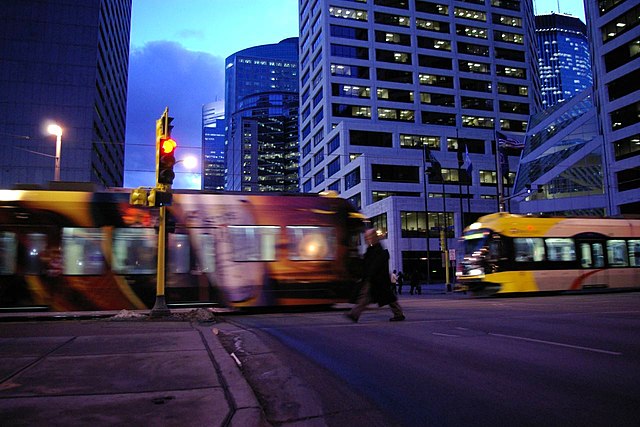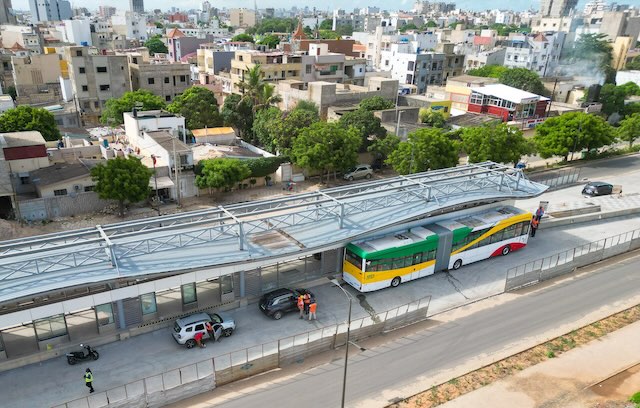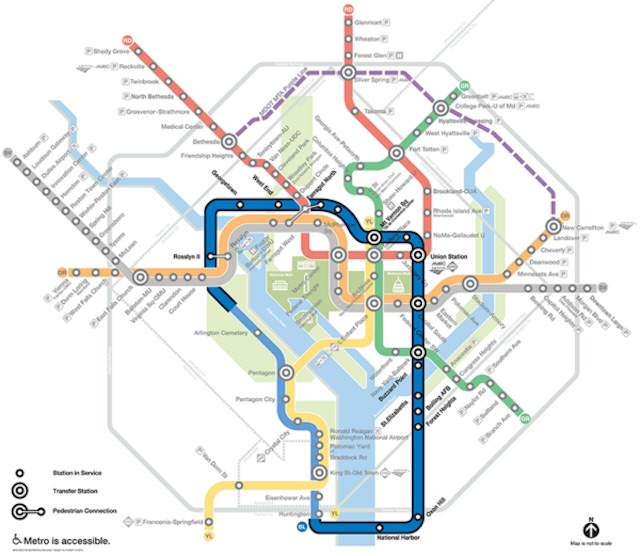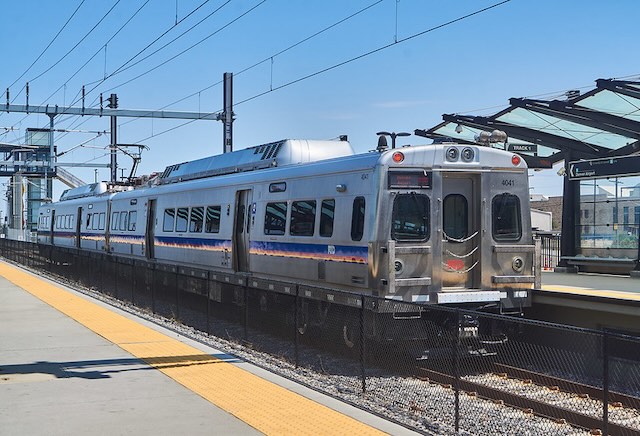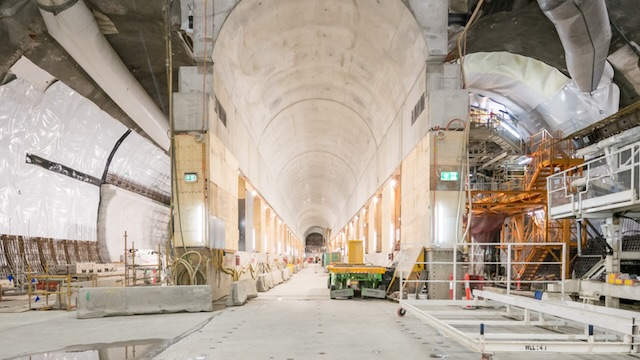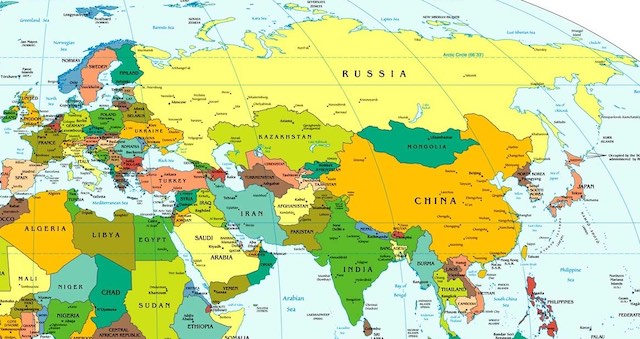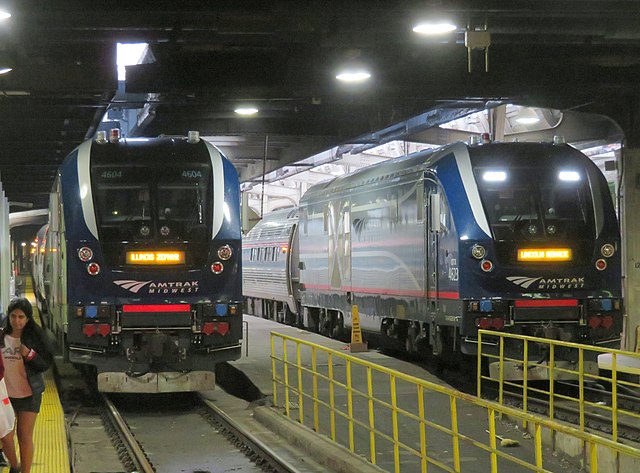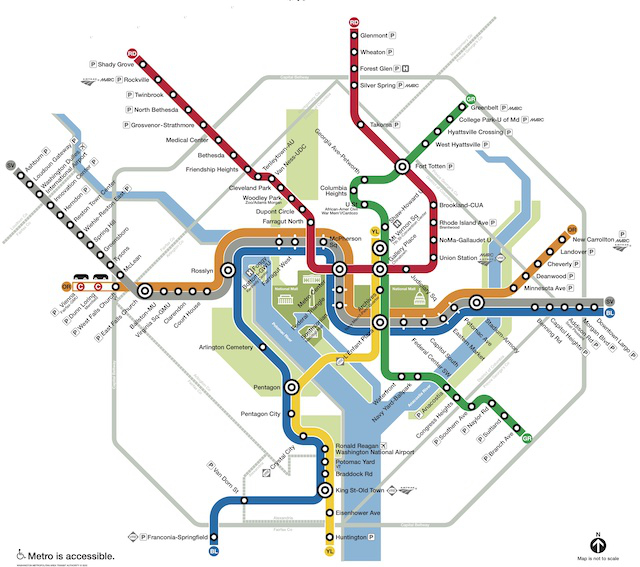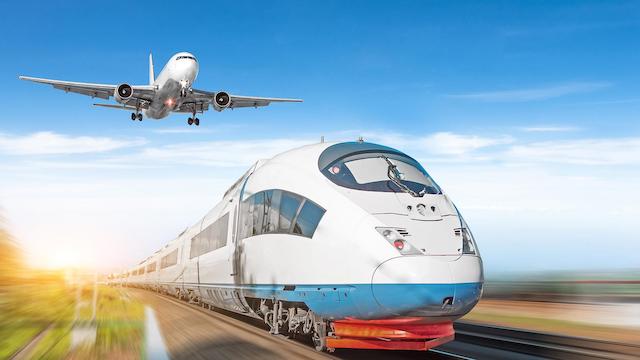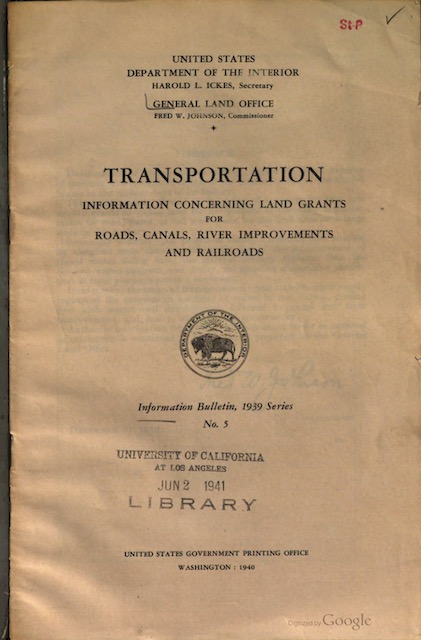Metro Transit has raised the projected cost of the Twin Cities’ Southwest light-rail line to $2.86 billion, or $197 million per mile for the 14.5 mile line. The news stories say this is up from $2.0 billion, but the original projected cost was $1.25 billion for 15.8 miles or less than $80 million a mile (which is still outrageous for an inflexible, low-capacity system).
Light-rail trains pass through a half-empty downtown Minneapolis. Photo by Andrew Ciscel.
Considering that downtown Minneapolis is ranked as having the third-slowest recovery of the nation’s 56 largest urban areas, and Twin Cities light rail carried only 52 percent of pre-pandemic riders in November, this would be a good time for the region to scrap the project. As I’ve suggested before, it would cost a lot less to turn it into a rapid bus route than to complete the rail project. Continue reading

